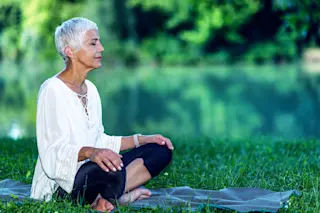Every time your heart beats, a wave of pressure pulses throughout the body as blood vessels expand and contract. And now, researchers think that even individual brain cells jiggle with each beat.
The shift, which is less than the width of a human hair, can be made visible by tracking the electrical firings of a single cell. As each heartbeat shakes up the brain cells, the neurons shift slightly in their relationship to nearby electrodes. And, according to research published Tuesday in Cell Reports, what those electrical firings look like on paper changes whenever your heart pulses. Beyond that, the study authors think these recorded signaling shifts might present entirely new ways for scientists to categorize brain cells.
Even the project’s origins were somewhat unexpected — at the time, one of the paper’s co-authors happened to be monitoring both heart and brain activity in epilepsy patients. By embedding electrodes in ...














